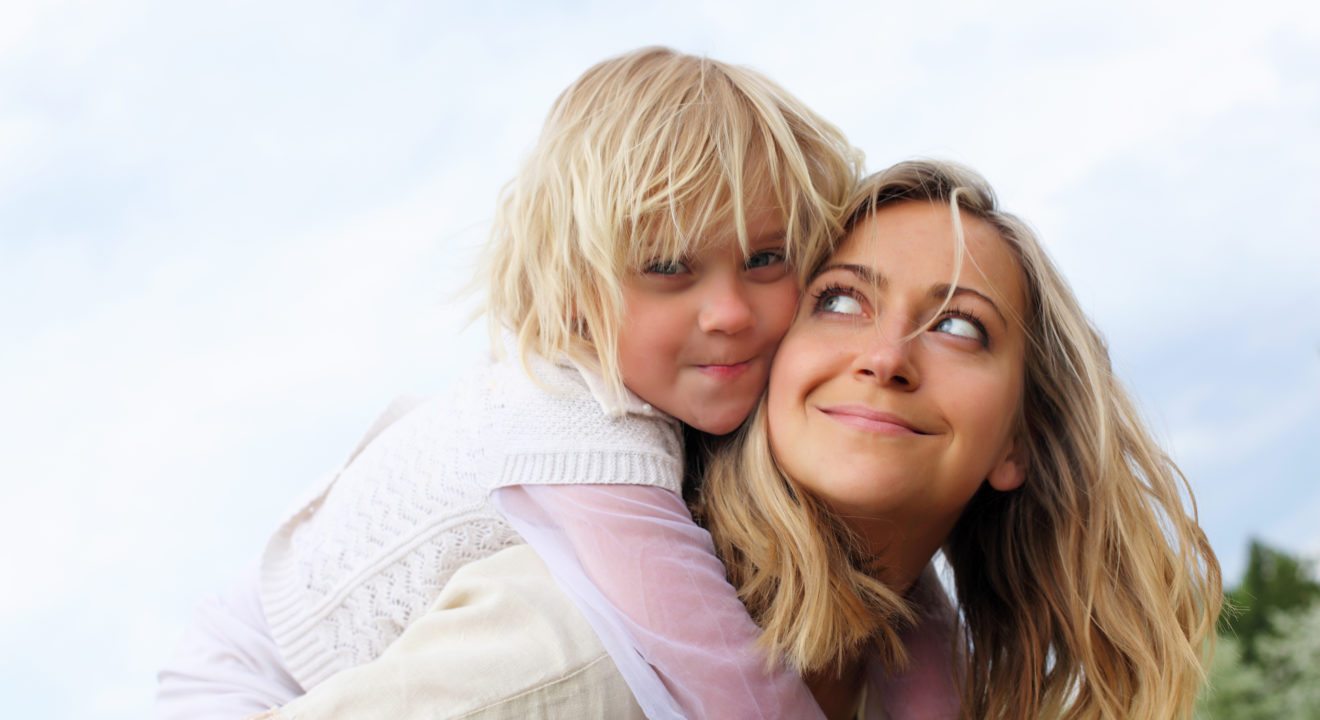Sustainability August 9, 2016


Your children are likely to know more about the environment than you do.
Kids today are more aware of how everyone’s choices affect environmental health. The topic of sustainability and being environmentally friendly has even made its way into science classes at elementary schools. As they grow up, they are being taught that everyone should work toward a more sustainable future.
In all likelihood, your kids will be part of a culture and generation that will consider solar energy and electric cars the new norm. They will grow up in a world that makes LEED certification a requirement for new buildings and clean energy a reality.
An enviable future no doubt, but as parents, it is our responsibility to keep the conversation going outside the classroom. Fortunately, there are plenty of resources available to help keep your children informed and engaged about the sustainable world. To get started, check out the tips below.
The best way to encourage your kids to live a greener lifestyle is to set a good example. When you take the time to recycle plastic water bottles, you are demonstrating that a simple act can go a long way. Even the smallest gestures like turning off the faucet when you brush your teeth or carrying reusable grocery bags to the store will encourage your children to follow suit. Some other simple things you can do are turning off the lights when you leave the room, adjusting the thermostat when you leave the house and cutting up plastic six-pack rings. Kids learn by example, so make sure to set a good one.
There are a number of day trips that you can take with your kids that will teach them the importance of the environment. If you usually go to a large grocery chain to buy food and supplies, you might want to switch it up and go to your local farmer’s market. This way you can buy some really tasty food and teach your kids about “farm to table” and the value of buying local. Another idea is to visit a park, beach or nature preserve. One of the best ways to get kids involved is to show them the beauty of nature and open spaces that have been set aside to enjoy for future generations. A summer vacation to one of our great National Parks comes to mind.
For kids who love art and crafts or for those who just love working with their hands, a recycling project is sure to make an impact. One of the reasons so many people don’t bother to recycle is because they don’t see the direct impact of their discarded waste. Most people will never see the mountains of trash that build up in city landfills or the gallons of fresh water that go down the drain and have to be treated for reuse.
Without a constant reminder of the impact, it can be very easy to ignore the consequences of our actions. A DIY project with recycled materials from home can be a great way for your kids to use their creativity and learn a bit about the environment at the same time. You might try building a cardboard airplane out of recycled paper towel rolls or try any number of recycled plastic water bottle projects.
In addition to the specific examples above, the most important thing of all is to look at the world through green lenses, so to speak. If you can give your children the gift of environmental awareness and instill in them a true concern for our air, water and energy consumption, your work as a parent is partially done. It is only through giving subsequent generations a green perspective that we will achieve improvement in our overall sustainability policy and practices.